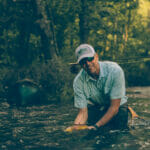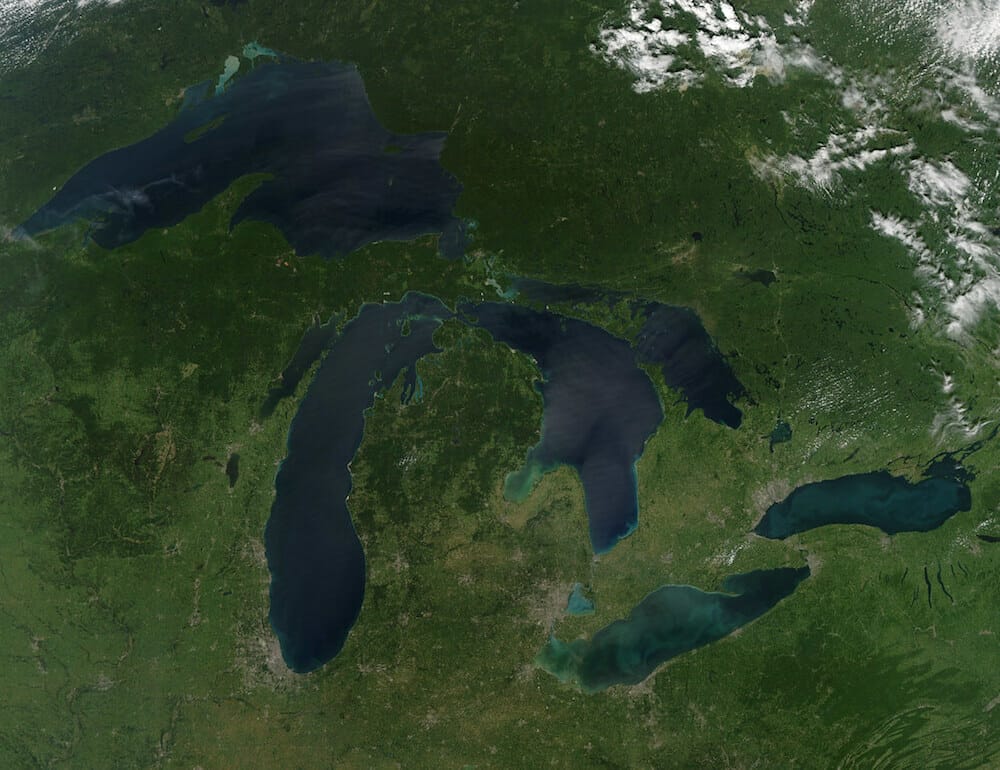Trout Unlimited got its start in Michigan, and the state continues to be a hot spot for TU’s efforts to protect and restore coldwater ecosystems.
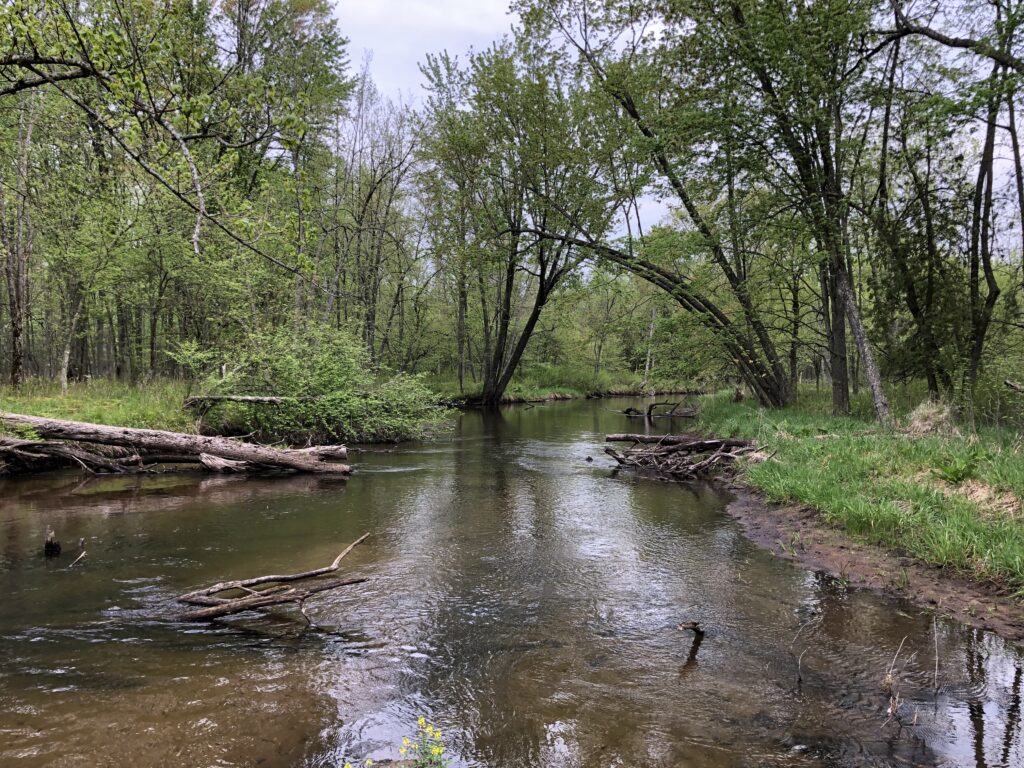
Newaygo County is an area where TU has been working diligently for more than a decade. The progress has been significant and will continue as volunteers and staff in the region continue to identify and prioritize needs.
“Newaygo County is where Southern Michigan turns into Northern Michigan, where you’re getting away from farm country and more into the North Woods,” said Jake Lemon, TU’s field and research manager, who lives near Grand Rapids. “It has the Muskegon River, the White River, portions of the Pere Marquette River and the Manistee National Forest.
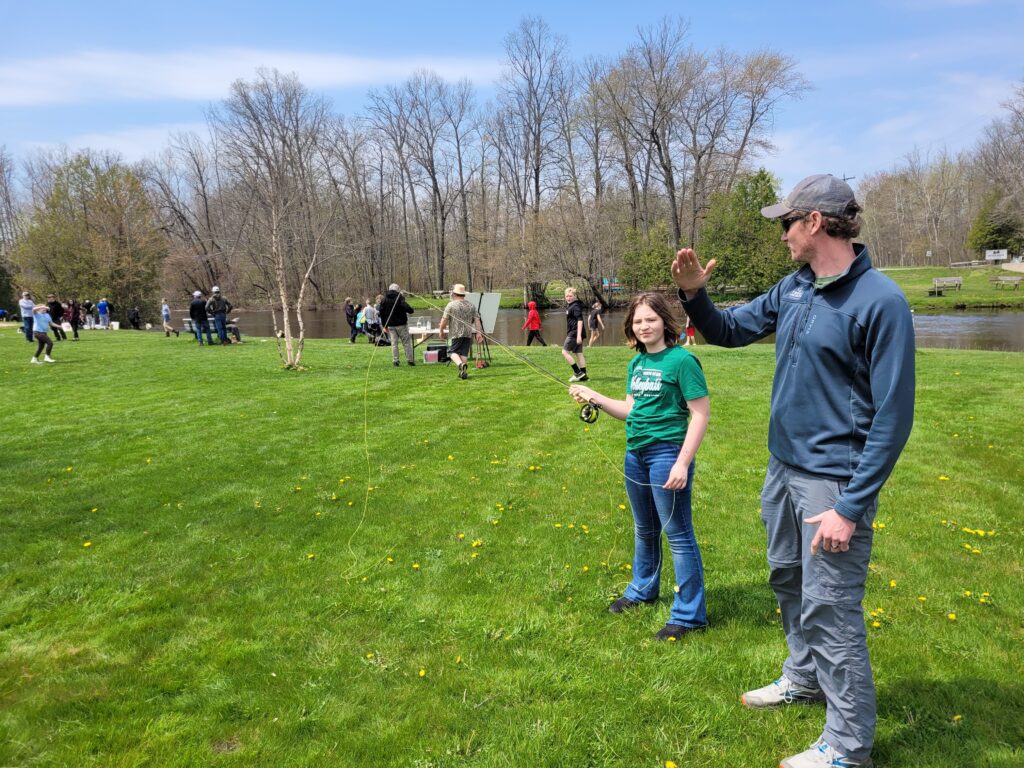
“Continued attention on the area’s streams will be important as it develops, adds Lemon.
“It’s close enough to Grand Rapids that I anticipate additional growth pressure and a growing focus on the region’s natural resources,” he said.
Beyond Bigelow
The Bigelow Creek watershed has been a focus in recent years. TU’s Jeremy Geist has spearheaded a number of projects in the watershed, including upgrading culverts to reconnect previously disconnected stream segments. Six of eight prioritized culverts have been replaced to date. TU also replaced two culverts on Woody Creek, a tributary to the Pere Marquette.
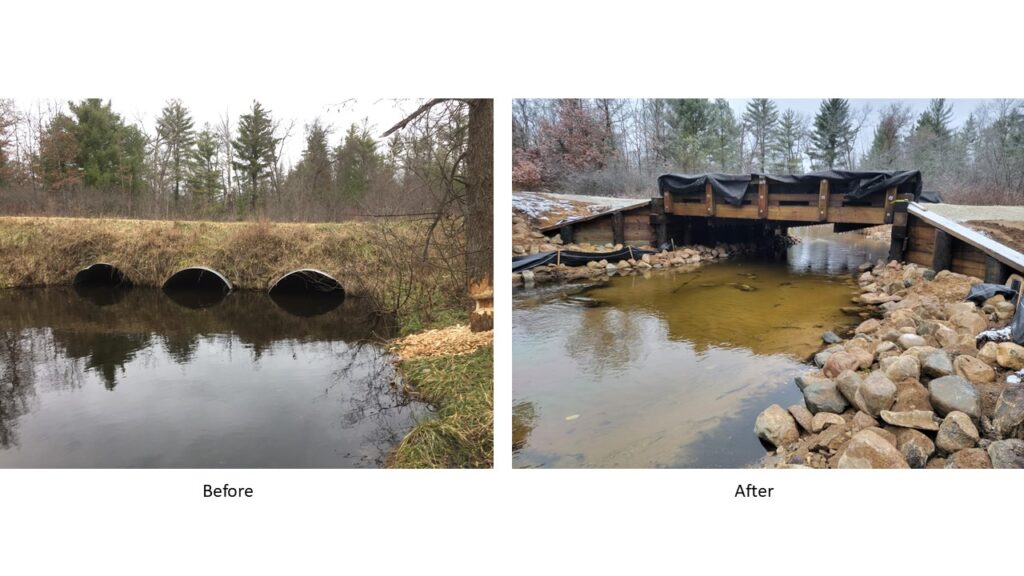
As TU’s work on the Bigelow Creek watershed winds down, Lemon has turned much of his attention to the White River.
“In 2019, not long after I moved to Michigan, I started digging around and looking for opportunities,” said Lemon, whose first order of business was to convene a stakeholder advisory group for community input on priorities on the White. “Since then, we’ve been working with partners to lay the groundwork.”

Partners include the Schrems West Michigan Chapter of Trout Unlimited, White River Watershed Partnership, US Forest Service, Michigan Department of Natural Resources, several conservation districts and other local stakeholders and communities. TU also worked with local municipalities and economic development groups on an economic impact study focused on the White River.
Geist added that the Newaygo County Road Commission has also been an important partner for all TU’s past and future work in the county.
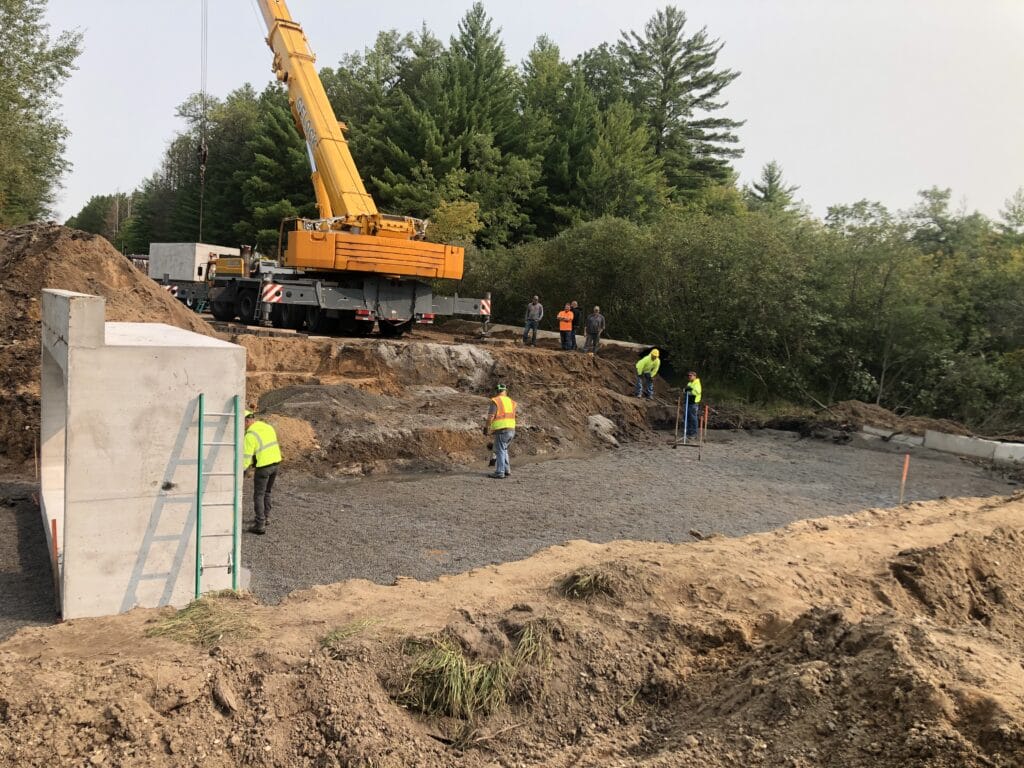
“Their partnership with TU really serves as a model for improving aquatic organism passage and road infrastructure work,” Geist said. “Similarly, the Huron-Manistee National Forest deserves a shout out for their role and partnership in the Bigelow Creek projects, which is a designated priority watershed for them.”
Funding support from the local Fremont Area Community Foundation has been critical to the efforts in the county
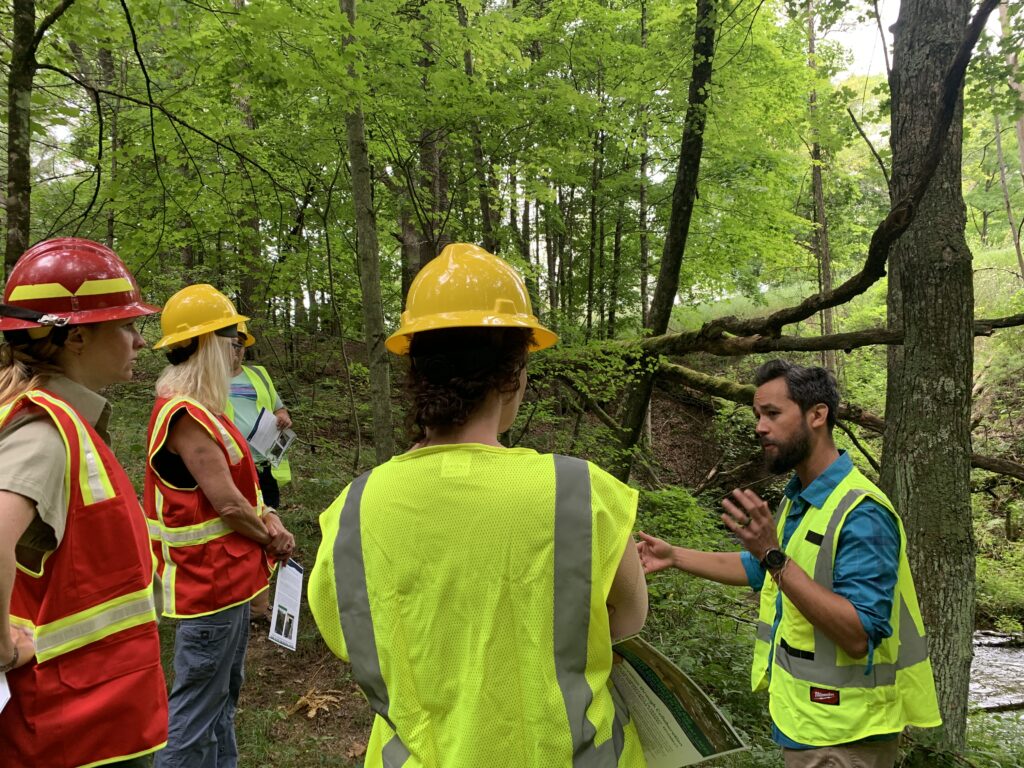
“They’ve given us a lot of capacity to build this effort,” Lemon said. “We’ve been all over the watershed doing temperature monitoring and fish sampling. We’ve done habitat mapping, road-stream crossing inventories and thermal imaging with a drone.
“All of it has helped us whittle down and identify an initial set of priorities.”
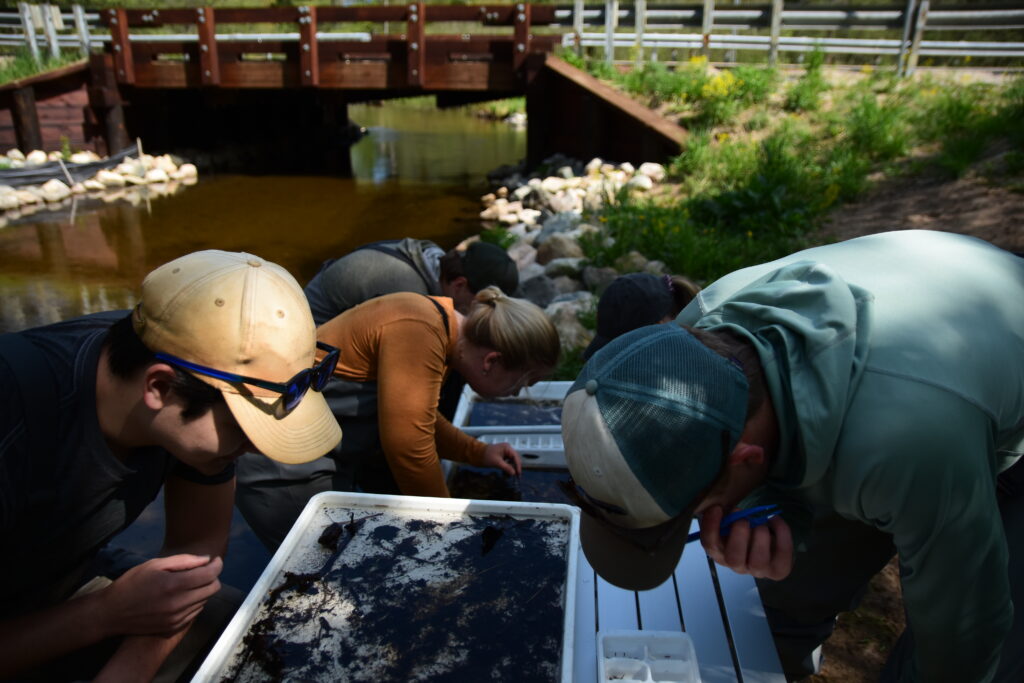
Project work expands
Lemon said he has 13 potential projects in the works. That includes habitat and barrier improvements, including the potential to address dams that are contributing to increased water temperatures. In one case, water temperatures were found to be 14 degrees warmer below a dam than in the stream flowing into the shallow impoundment above the dam.
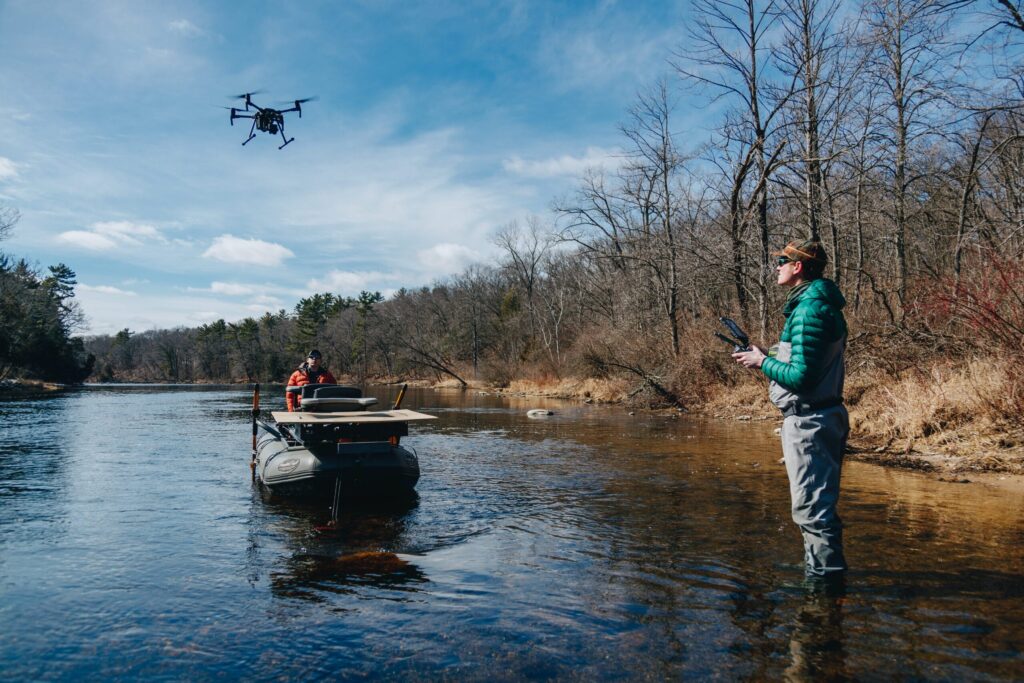
“I tried to canoe that impoundment one day and outside of a pool right behind the dam I was just dragging the bottom because it was so silted in,” Lemon said of the pond.
Lemon said the watershed includes populations of native brook trout, as well as wild rainbows and browns. The distribution varies based on habitat and water temperatures.
“We looked at fish data and at temperature data and have kind of filtered down to about 10 barriers that we feel should be our first priority,” he said. “Then there are additional priorities we could potentially address down the road.”
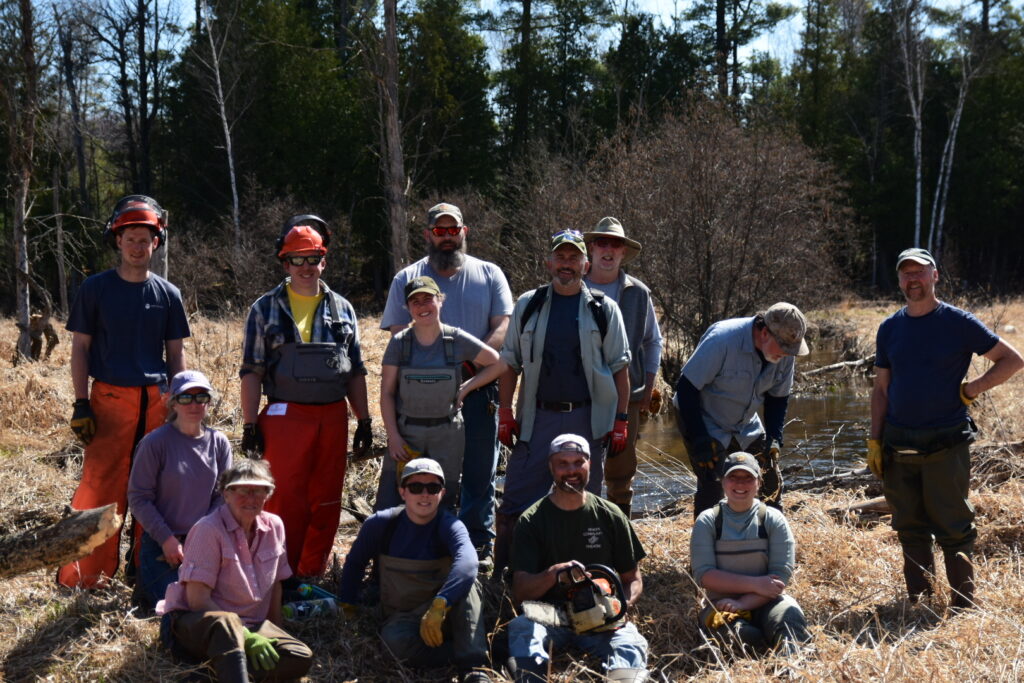
Engaging the community
Lemon said funding from the Fremont Area Foundation will also help TU staff scale up engagement efforts in the community, including with the local TU chapter.
“We’re going to do some fly-tying events, macroinvertebrate sampling, probably some snorkeling surveys and other events,” Lemon said. “We’ve already been working with the local chapter on stream cleanups and tree plantings. And the chapter also got a Salmon in the Classroom program going.”
Interestingly, TU’s roots in Newaygo County run deep.
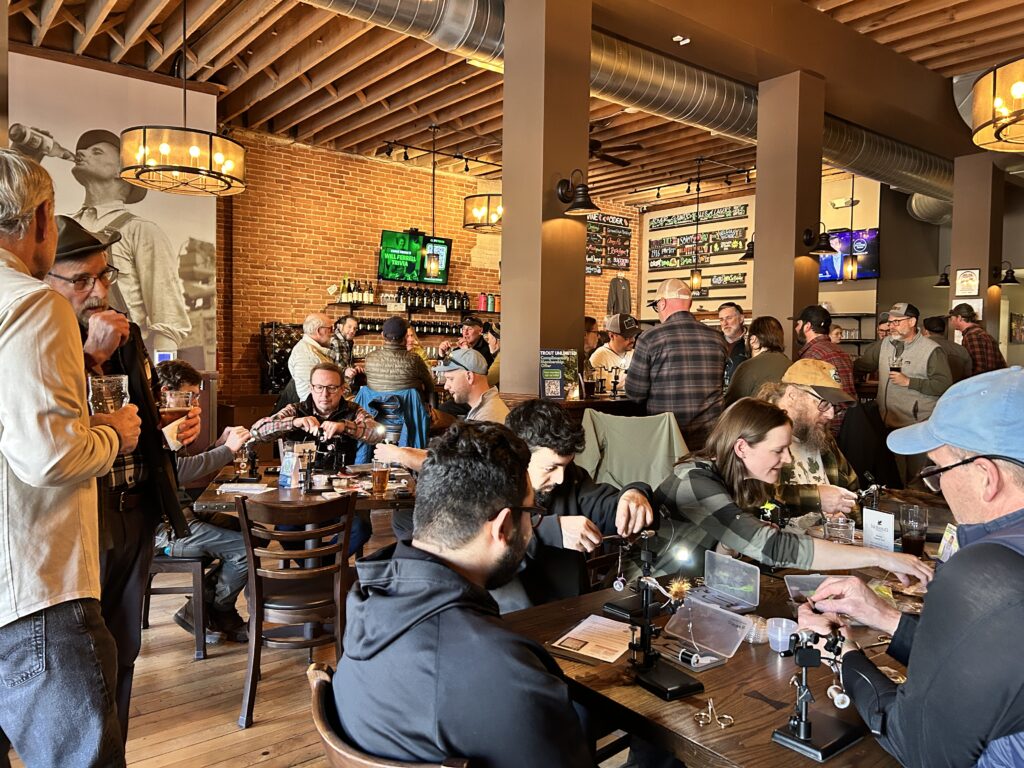
“Our Great Lakes program director, Nichol DeMol, Driftless Area program manager Sara Strassman and field staffer Matthias Bonzo hail from the county,” Lemon said. “That’s not why we are so focused on the area, but it is pretty neat.”
Lemon said TU hopes to get at least a couple of stream projects underway this summer. Geist and Bonzo will implement the projects.
“It’s already a great area for trout fishing,” he said. “And the more good work we do, the better it’s going to get.”


